

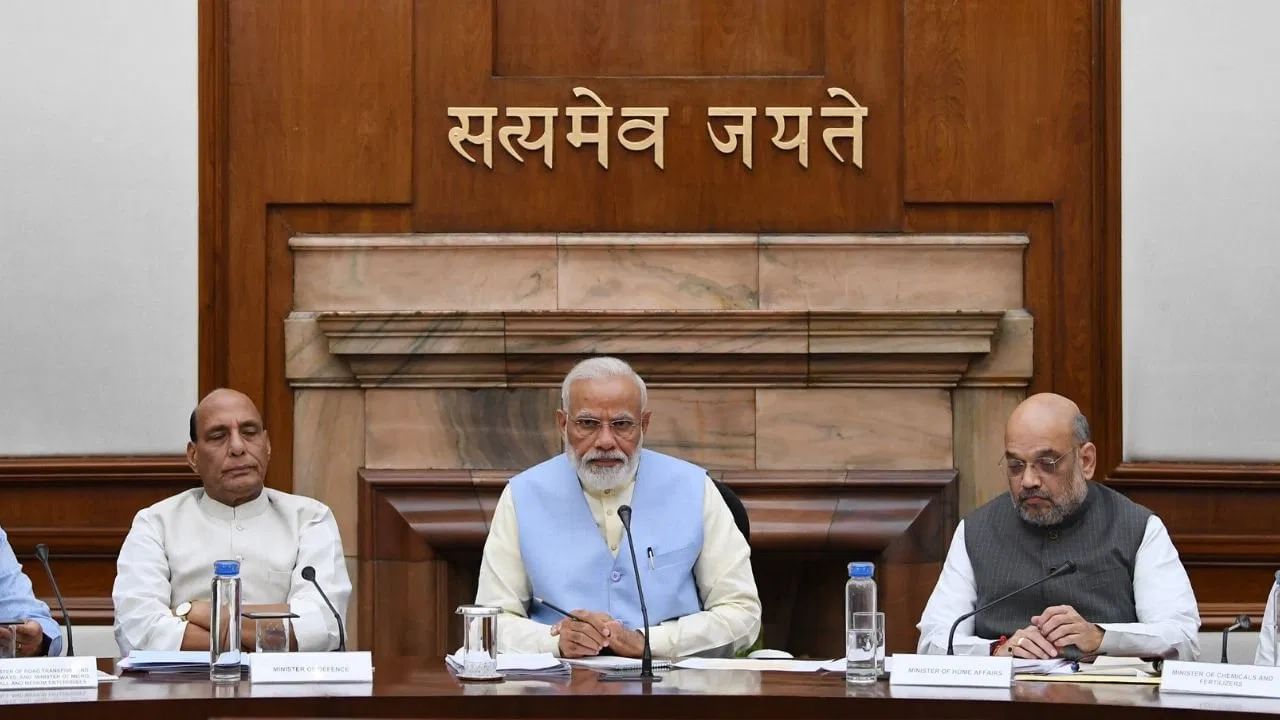
The Indian government recently introduced the Unified Pension Scheme (UPS), which combines features from the National Pension System (NPS) and the old pension scheme. Set to be implemented by April, the UPS aims to bridge key gaps in retirement planning for government employees. This move has the potential to significantly impact the financial future of a significant portion of India's workforce.
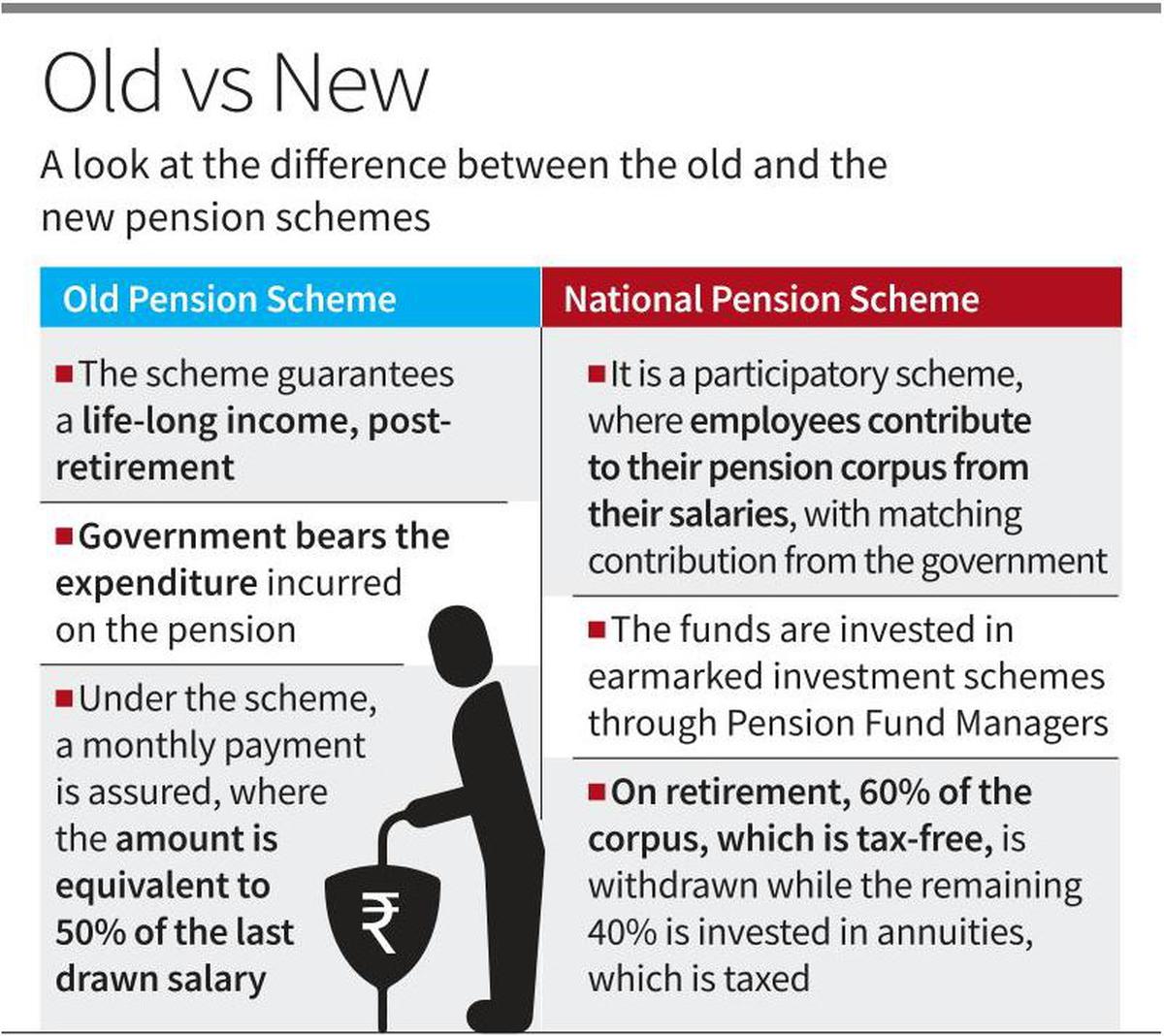
The Indian finance ministry has announced the implementation of the Unified Pension Scheme (UPS) for central government employees starting from April 2025. Under this scheme, employees who opt for it will receive a pension equivalent to 50 per cent of their average basic pay drawn in the 12 months before retirement, provided they complete 25 years of service. The scheme aims to provide guaranteed retirement benefits to nearly 2.3 million central government employees, as approved by the Union Cabinet last year.

The Union Cabinet has given a major boost to 23 lakh central government employees by approving a guaranteed pension of 50% of their salary for those who joined the service after January 1, 2004. This decision, under the Unified Pension Scheme (UPS), addresses the longstanding demand of government employees and provides them with a secure post-retirement income. Eligible employees with a minimum qualifying service of 10 years will receive a proportionally adjusted pension of 50% of their average basic pay earned during the last 12 months before retirement.
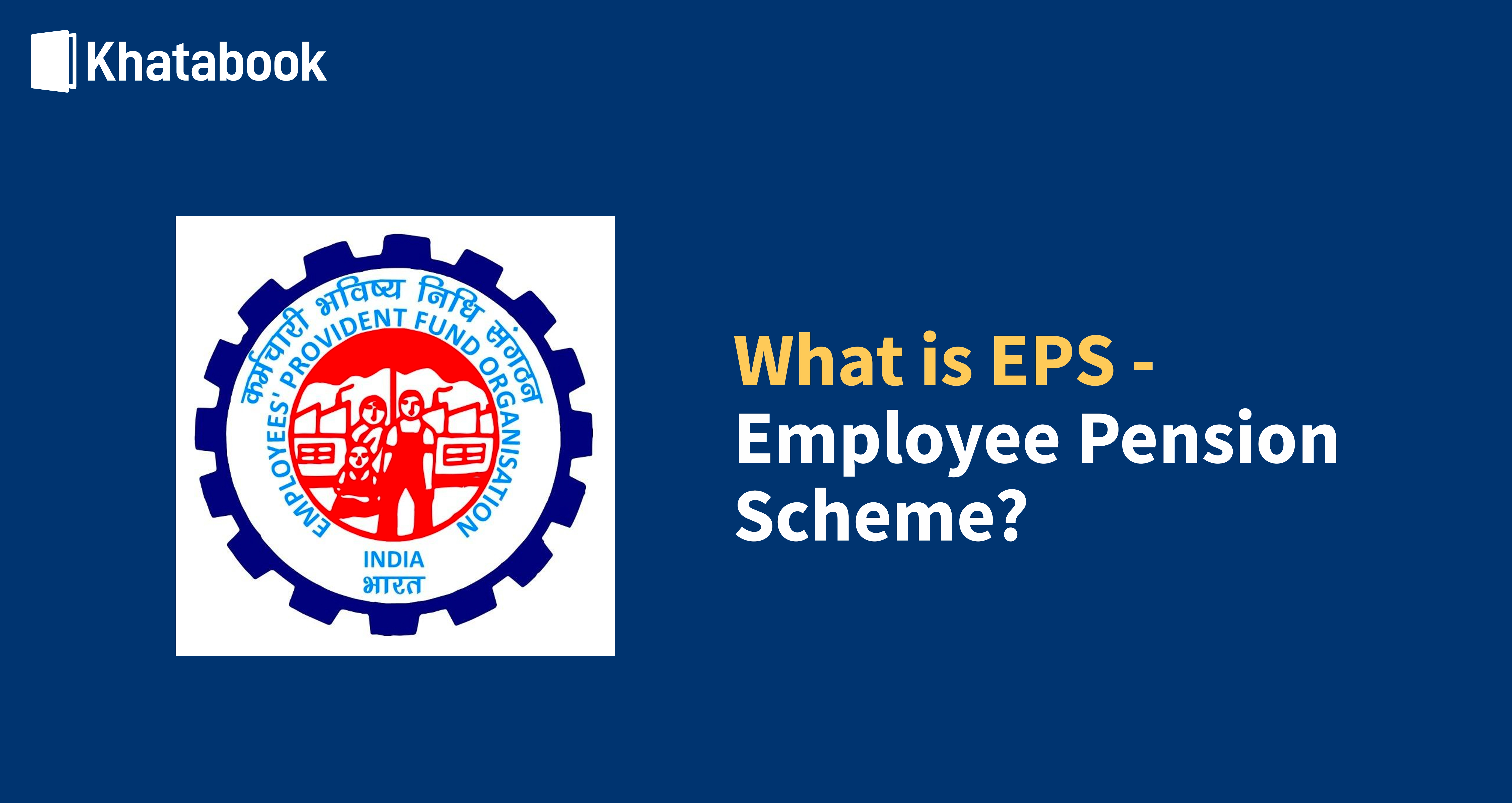
Amidst demands from government employees for a pension scheme overhaul, the Modi government has announced the introduction of the Unified Pension Scheme (UPS). This new scheme is set to offer a variety of benefits, such as assured pension, assured family pension, and inflation-linked indexation, among others. Let's take a closer look at the differences between UPS, NPS, and OPS, and understand how it will provide financial security for government employees.

After meeting with the Joint Consultative Machinery (JCM), a joint forum of government employees' organisations, Prime Minister Narendra Modi approved the Unified Pension Scheme (UPS) for government employees on Saturday. The decision was hailed by various leaders, including UP Chief Minister Yogi Adityanath, who applauded the move for providing economic security and a brighter future for over 20 lakh employees. The UPS ensures a guaranteed pension and fair benefits for employees, instead of being dependent on stock market fluctuations.

The Union Cabinet has approved the introduction of the Unified Pension Scheme (UPS) in India, set to take effect from April 1, 2025. This new scheme aims to address the growing dissatisfaction among government employees by providing assured pensions, a minimum pension for those with at least 10 years of service, and other benefits such as inflation indexation and a lump-sum payment at retirement. The UPS, which is expected to incur an initial expenditure of ₹800 crore, is seen as a strategic move by the central government to win support ahead of upcoming assembly elections. It is considered more fiscally prudent compared to the Old Pension Scheme (OPS) due to its contributory nature.
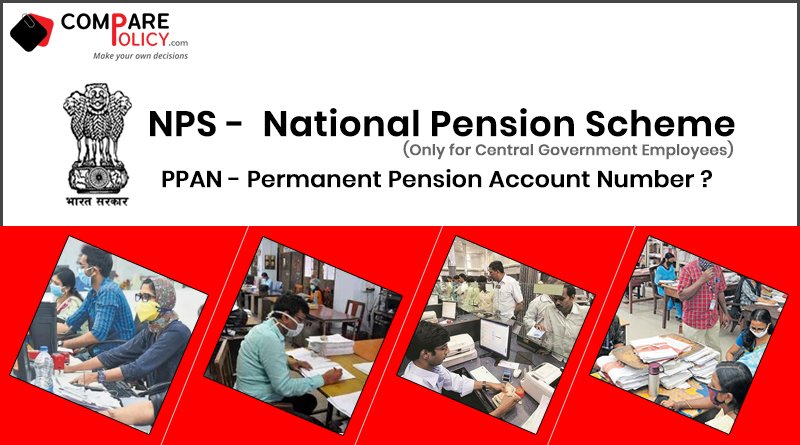
The Union Cabinet, chaired by Prime Minister Narendra Modi, has approved a new "unified pension scheme" for over 23 lakh Central government employees. This scheme guarantees 50% of salary as pension and aims to provide dignity and financial security for government employees. With the option to choose between the existing National Pension System (NPS) or the new pension scheme, the UPS will be implemented from April 1, 2025. This move comes amid protests from non-BJP ruled states over the NPS and will provide a minimum pension of Rs 10,000 per month after 10 years of service.
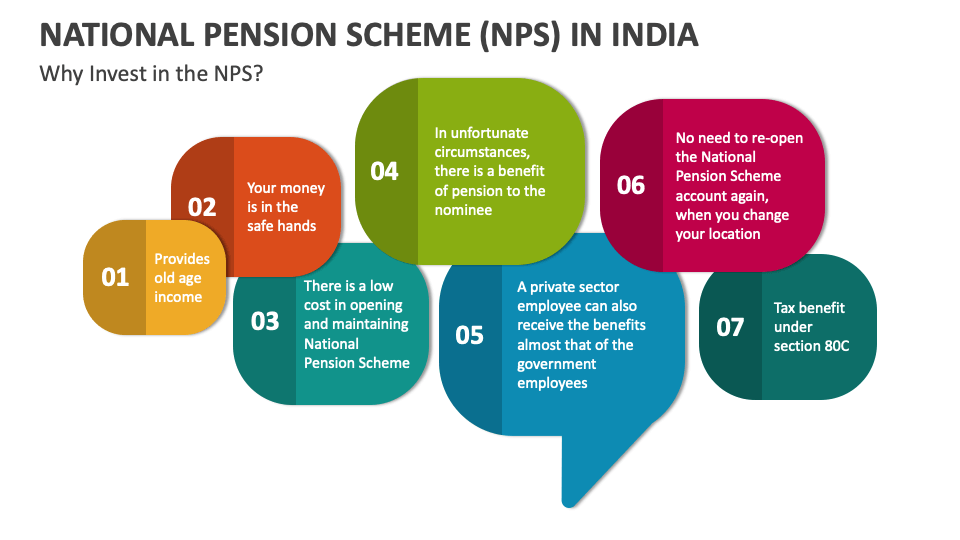
The Indian Union Cabinet has approved an assured 50 per cent pension for government employees who joined service under the National Pension System (NPS). The decision was made in order to bridge the gap between the earlier defined benefit pension scheme and the contribution-based NPS. The newly announced Unified Pension Scheme (UPS) will provide government employees with 50 per cent of their average basic pay as pension for at least 25 years of service, and proportionately for a shorter period. This move is expected to benefit over 23 lakh government employees and will go into effect from the next financial year.

In a move that will affect millions, the Union Cabinet has given the go-ahead for the Unified Pension Scheme (UPS) for government employees. This scheme will offer a guaranteed minimum pension and family pension for those who have completed at least 25 years of service. The option to choose between the new UPS and the existing New Pension Scheme (NPS) has been extended to both Central and state government employees. This decision will have a significant impact on the retirement benefits of these employees.
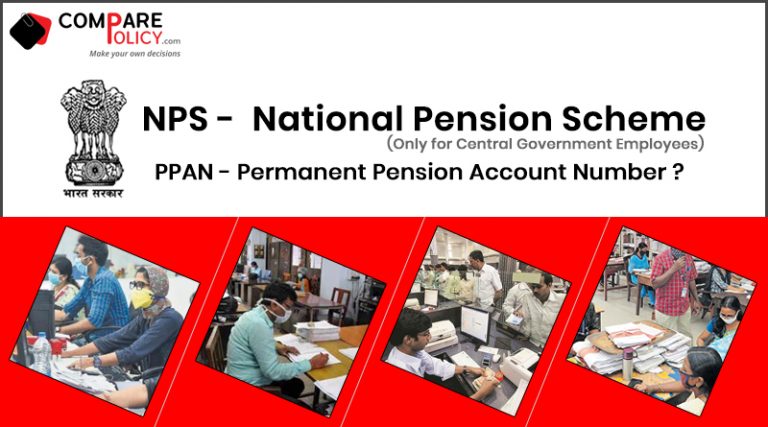
In a significant decision benefiting about 23 lakh employees of the Central Government, the Union Cabinet has approved the Unified Pension Scheme (UPS). This scheme provides for Assured Pension and Assured Family Pension, giving employees the choice to opt for either the National Pension Scheme or the UPS. The Assured Pension will be 50 per cent of the average basic pay drawn over the last 12 months prior to superannuation, while Assured Family Pension will be calculated at 60 per cent of the employee's pension before their demise. Additionally, the scheme also includes an Assured Minimum Pension of Rs 10,000 per month after a minimum of 10 years of service. Stay updated with the latest business news, stock market updates, and personal finance coverage through Zee Business's Twitter, Facebook, and YouTube.